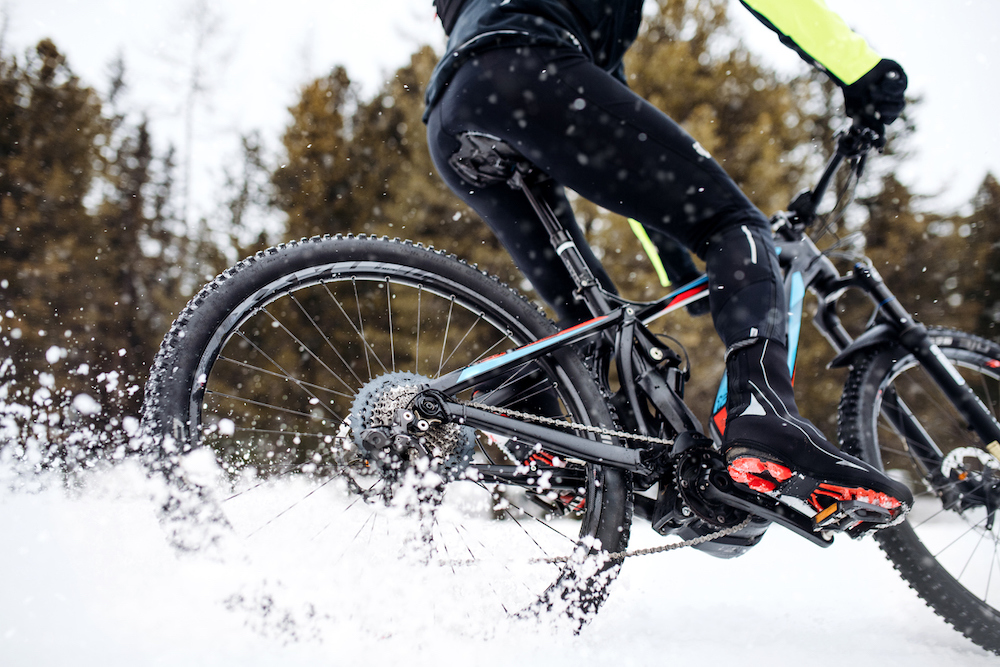Winter riding can be tough, but it doesn’t have to be. With the right gear and a little bit of knowledge about how to navigate the various terrains you might encounter, you can safely and comfortably ride through the coldest months of the year. Here’s a look at some of the most common winter terrain challenges and what you can do to conquer them on your ride.
Snow-Covered Roads
One of the biggest challenges of winter riding is snow-covered roads. Snow can make it difficult to see obstacles, reduce traction, and create icy patches that can be dangerous for riders. To conquer snow-covered roads, make sure you have the right tires. Look for tires with deep treads that can grip the snow and provide good traction. You’ll also want to adjust your riding style by slowing down and being prepared for sudden stops, starts, and turns.
Ice
Another significant challenge of winter riding is ice. Ice can create some of the most dangerous riding conditions, as it reduces traction and can cause riders to slide or spin out. To navigate icy terrain safely, try to avoid it altogether. Check weather reports and ride conditions before you head out, and consider changing your route if there’s ice on the roads. And if you can’t avoid it, take things slowly and cautiously, braking gently and avoiding sudden movements.
Packed Snow and Slush
Packed snow and slush can be as equally dangerous as ice when riding in winter. They create a slippery surface and can cause your bike to lose traction easily, leading to accidents. To navigate packed snow and slush, keep your balance on the bike, try to ride in the tracks of cars, and keep your speed under control. It is best to ride over packed snow and slush at an even speed and keep your movements smooth.
Wet Leaves
Wet leaves usually cause skids and falls during fall, but they are a major hazard for winter riders too. Wet leaves can accumulate on the road like ice and snow, reducing traction on your tires. In addition to avoiding areas with piles of leaves, it is best to reduce your speed in time in these conditions. Take it slow and steady, and be careful while turning or breaking.
Slippery Descents
As gravity works against you while cycling downhill, it can be harder to control your speed and your bike can skid or slide if you are traveling too fast. To ride safely down a slippery descent, slow down and apply your brakes gently and gradually. Be sure to distribute more of your weight to the rear of the bike too. This will provide better balance and prevent your bike from sliding or skidding.
Winter cycling can be challenging and requires extra vigilance, focus, and preparation. It is crucial to slow down, keep your movements steady and smooth, and stay alert when riding through winter terrain. By taking the appropriate safety measures mentioned, you can conquer the winter terrain and enjoy your ride to the fullest without risking accidents or danger!
Share this post:


